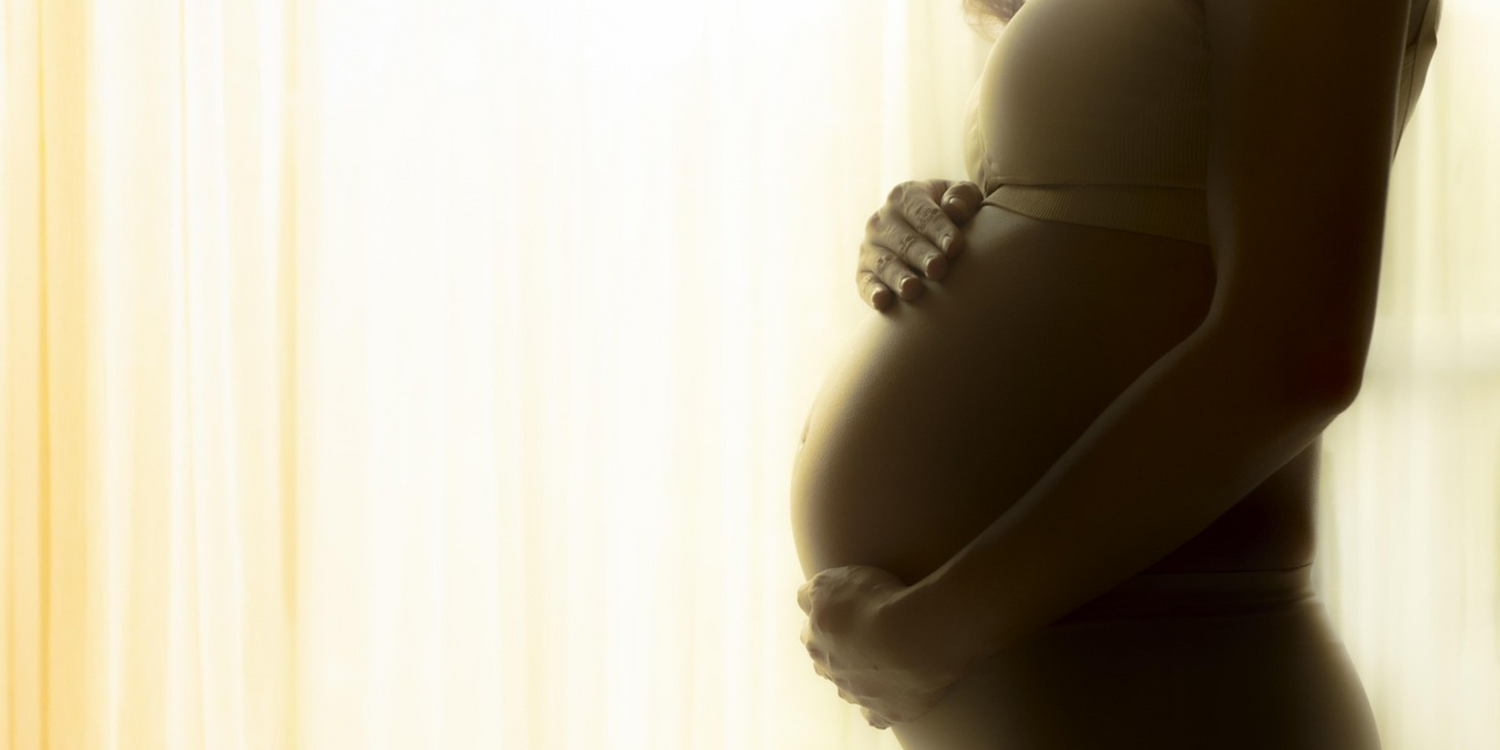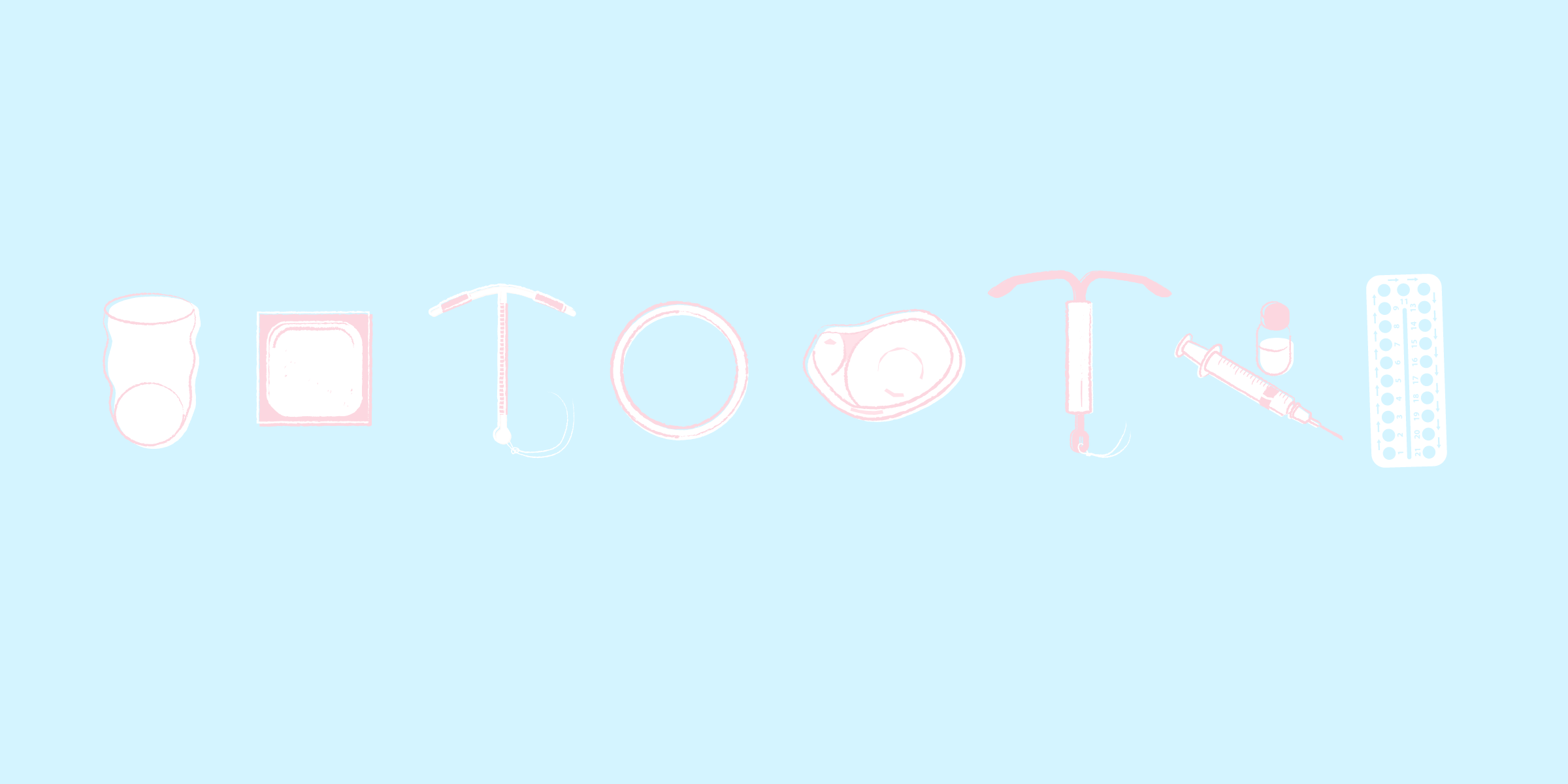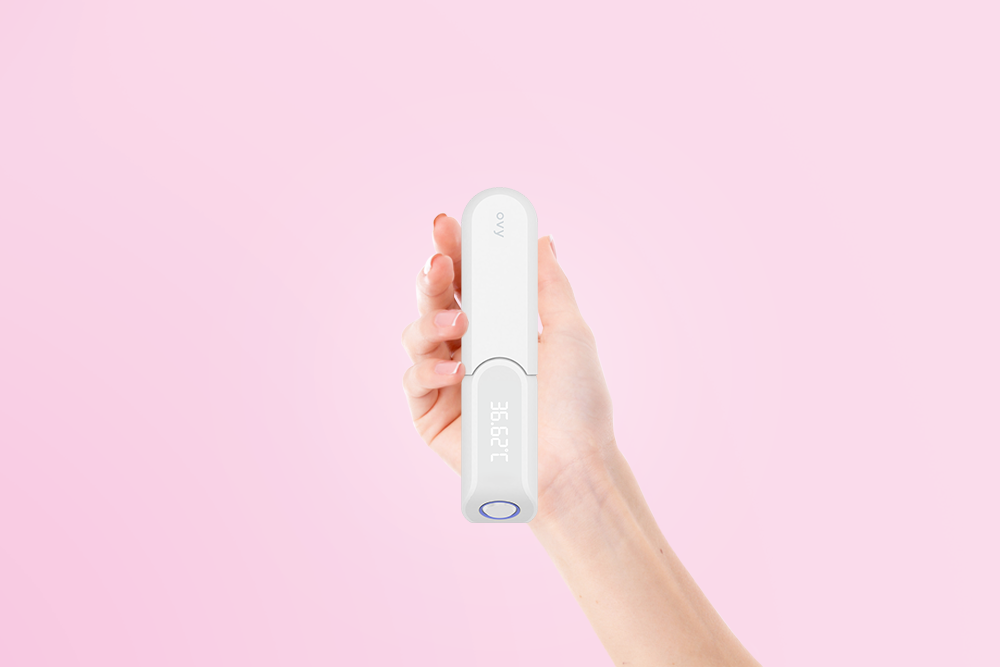Key Takeaways
- Contraception after birth should be individualized and well-planned.
- Breastfeeding alone is not a reliable protection—combine it with a contraceptive method.
- Without breastfeeding, fertility can return after 4–6 weeks, so plan early.
- A medical consultation can help you find the right method.
Contraception After Birth – What You Should Know
Did you know that ovulation can occur before your first period after childbirth? This fact surprises many mothers and highlights the importance of a well-planned contraception strategy after giving birth.
Breastfeeding offers some protection against pregnancy, with a Pearl Index of 2 to 4 under specific conditions. However, if you are not breastfeeding, you should be particularly mindful, as fertility can return as early as four to six weeks postpartum. The natural contraception method through breastfeeding, known as the lactational amenorrhea method, is 98 % effective during the first six months, but only if all requirements are strictly met.
This guide provides an overview of the key aspects of contraception after birth. What methods are available? When should you start contraception? What specific considerations apply to breastfeeding mothers?
When Should You Start Contraception After Birth?
The return to fertility varies from woman to woman after childbirth. If you are not or only partially breastfeeding, your first ovulation can occur as early as four to six weeks postpartum.
Studies show that half of all non-breastfeeding or partially breastfeeding women get their period within the first six weeks after birth. It is important to note that the first fertile cycle begins before the first visible period.
For breastfeeding mothers, the hormonal process differs. The hormone prolactin plays a major role in suppressing ovulation. The return of fertility depends on several factors:
- Regular breastfeeding every four to six hours
- Exclusive breastfeeding without additional food
- Baby is younger than six months
- Nighttime breastfeeding continues
As long as these conditions are met, breastfeeding offers a natural pregnancy protection with a Pearl Index of 2 to 4. However, once longer breaks between feedings occur or solid foods are introduced, this protection decreases significantly.
Doctors recommend planning contraception three to four weeks postpartum, especially if you are not or only partially breastfeeding.
Which Contraceptive Methods Are the Safest While Breastfeeding?
If you are breastfeeding, there are several reliable contraceptive options. Non-hormonal methods are particularly compatible, as they do not affect milk production.
Non-hormonal contraceptive methods:
- Copper IUD (Pearl Index 0.3–0.8) – reliable for up to five years
- Copper chain (Pearl Index 0.1–0.5) – a modern alternative to the IUD
- Condoms and diaphragms – flexible, non-hormonal solutions
- Cervical cap – requires fitting after three months
The copper IUD is widely recommended but should only be inserted after the uterus has fully recovered postpartum.
Natural Family Planning Methods and Sex After Birth
Cycle-tracking apps rely on you knowing exactly which phase of your cycle you are in to prevent pregnancy. In each cycle, there are about six fertile days when conception is possible. This method is effective if you either abstain from intercourse on these days—before, during, and immediately after the fertile phase—or use a barrier method such as condoms.
After giving birth, you can use this method for contraception once your cycle has become regular again. If you are not breastfeeding or are feeding your baby milk from a bottle, your cycle typically stabilizes within about a month. If you are breastfeeding, it may take longer for your natural cycle to return. To ensure the effectiveness of natural family planning after birth, you should wait until you have had at least three predictable cycles before relying on this method.
Hormonal contraceptive methods:
- Mini-pill – can be used from six weeks postpartum
- Hormonal implant and hormonal IUD – can be inserted from six to eight weeks postpartum
Studies confirm that progestin-only contraceptives, such as the mini-pill or hormonal IUD, do not affect milk supply or quality. However, estrogen-based contraceptives, such as the combined pill, patch, or vaginal ring, are not suitable during breastfeeding, as they may reduce milk production.
Conclusion
Safe contraception after childbirth depends on medical knowledge and personal circumstances.
- If you are breastfeeding, natural contraception through breastfeeding is only partially reliable. Combine it with a secure method such as the copper IUD or mini-pill.
- If you are not breastfeeding, fertility may return as early as four to six weeks postpartum, making early contraception planning essential.
- Consult your doctor to determine the best contraception method for you.
A well-thought-out contraceptive plan provides the security you need, allowing you to enjoy time with your baby without worry.
References & Literature
- Leeman LM, Rogers RG. Sex after childbirth: postpartum sexual function. Obstet Gynecol. 2012 Mar;119(3):647-55. doi: 10.1097/AOG.0b013e3182479611. PMID: 22353966.
- ACOG Committee Opinion No. 736: Optimizing Postpartum Care. Obstet Gynecol. 2018 May;131(5):e140-e150. doi: 10.1097/AOG.0000000000002633. PMID: 29683911.
- Paladine HL, Blenning CE, Strangas Y. Postpartum Care: An Approach to the Fourth Trimester. Am Fam Physician. 2019 Oct 15;100(8):485-491. PMID: 31613576.
- Mohamed-Ahmed O, Hinshaw K, Knight M. Operative vaginal delivery and post-partum infection. Best Pract Res Clin Obstet Gynaecol. 2019 Apr;56:93-106.
- Fletcher S, Grotegut CA, James AH. Lochia patterns among normal women: a systematic review. J Womens Health (Larchmt). 2012 Dec;21(12):1290-4. doi: 10.1089/jwh.2012.3668. Epub 2012 Oct 26. PMID: 23101487.
- Makins A, Cameron S. Post pregnancy contraception. Best Pract Res Clin Obstet Gynaecol. 2020 Jul;66:41-54. doi: 10.1016/j.bpobgyn.2020.01.004. Epub 2020 Mar 2. PMID: 32217053.
- Pieh Holder KL. Contraception and Breastfeeding. Clin Obstet Gynecol. 2015 Dec;58(4):928-35. doi: 10.1097/GRF.0000000000000157. PMID: 26457854.
- Lopez LM, Grey TW, Stuebe AM, Chen M, Truitt ST, Gallo MF. Combined hormonal versus non hormonal versus progestin-only contraception in lactation. Cochrane Database Syst Rev. 2015 Mar 20;(3):CD003988. doi: 10.1002/14651858.CD003988.pub2. PMID: 25793657.
- Woodhams EJ, Gilliam M. Contraception. Ann Intern Med. 2019 Feb 5;170(3):ITC18-ITC32. doi: 10.7326/AITC201902050. PMID: 30716758.
- Cooper DB, Mahdy H. Oral Contraceptive Pills. [Updated 2021 Aug 25]. In: StatPearls [Internet]. Treasure Island (FL): StatPearls Publishing; 2021 Jan-. Available from: https://www.ncbi.nlm.nih.gov/books/NBK430882/
- Lanzola EL, Ketvertis K. Intrauterine Device. [Updated 2021 Jul 31]. In: StatPearls [Internet]. Treasure Island (FL): StatPearls Publishing; 2021 Jan-. Available from: https://www.ncbi.nlm.nih.gov/books/NBK557403/
- Mittal S. Emergency contraception: which is the best? Minerva Ginecol. 2016 Dec;68(6):687-99. Epub 2016 Apr 15. PMID: 27082029.
- Glasier A, Bhattacharya S, Evers H, Gemzell-Danielsson K, Hardman S, Heikinheimo O, La Vecchia C, Somigliana E; Annual Capri Workshop Group. Contraception after pregnancy. Acta Obstet Gynecol Scand. 2019 Nov;98(11):1378-1385. doi: 10.1111/aogs.13627. Epub 2019 May 13. PMID: 31001809.
- Sanders JN, Adkins DE, Kaur S, Storck K, Gawron LM, Turok DK. Bleeding, cramping, and satisfaction among new copper IUD users: A prospective study. PLoS One. 2018;13(11):e0199724. Published 2018 Nov 7. doi:10.1371/journal.pone.0199724
You might also be interested in these articles
Schwangerschaft
To breastfeed or not to breastfeed? What you need to know to make the right choice7 Min. Lesezeit





